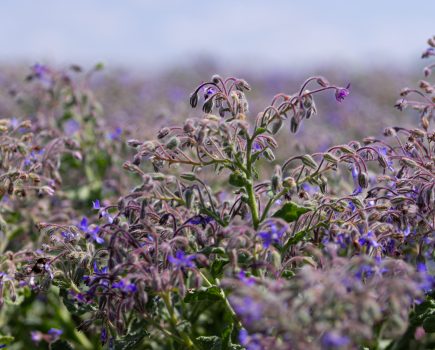Growers are being warned that downy mildew is highly prevalent in bean crops this season, with the disease even hitting winter bean plants at levels that would warrant treatment, according to the PGRO.
According to the PGRO, infection has been triggered by recent weather events – exacerbated by cool, overcast conditions and recent rains. High humidity and low seasonal temperatures could now encourage outbreaks of secondary infection on leaves, with more serious yield effects.
“Although it is generally spring beans that suffer more damage from downy mildew, winter beans have been displaying high levels of infection that may warrant treatment,” says Becky Howard, R&D manager at the PGRO.
“Where plants are already showing signs of infection, growers should be looking to prevent spread onto new growth.”
An EAMU is available for the fungicide SL567A, containing the highly systemic metalaxyl-M to control infection in emerging leaves.
Threat to peas
The research organisation also warns that downy mildew is creating a threat to establishing pea crops. For vining pea crops Revus (mandipropamid) is approved for control of the disease, however no foliar fungicides are available for use in the combing pea crop.
Syngenta technical manager, Andy Cunningham, says that continued cool, wet conditions would also be conducive to chocolate spot developing in beans as the season progresses.
“If the weather turns hotter and drier that would be good to reduce pressure from downy mildew and chocolate spot. However, it would mean that rust is more likely to occur, with early infections the most damaging in terms of yield effects.”
This season bean growers have the new option to use Elatus Era (benzovindiflupyr+ prothioconazole) in beans, which has proven highly effective in the programme to control both chocolate spot and rust – whatever the weather conditions, he concludes.




